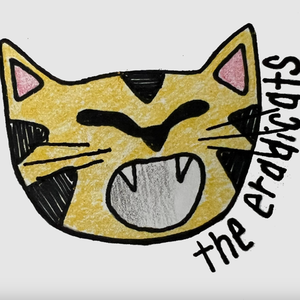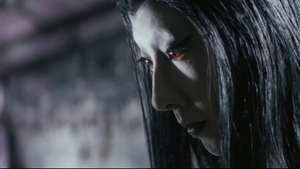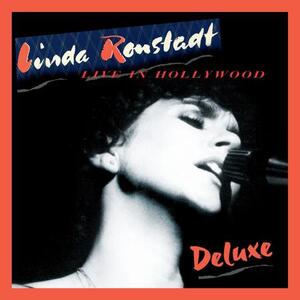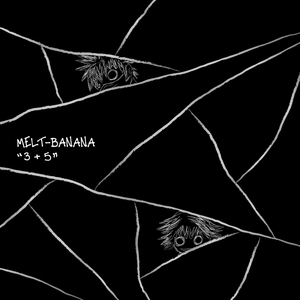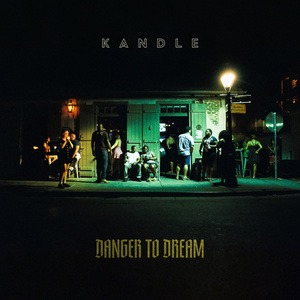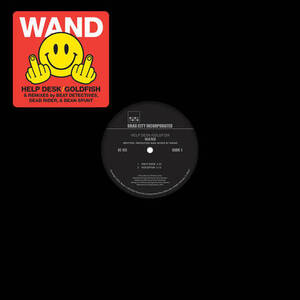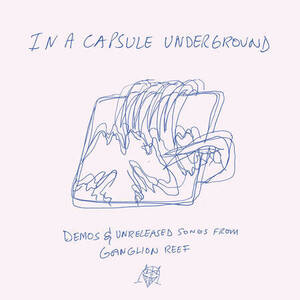Kiln
Daniel Gill
In the so-called genre of “post-rock,” which dominated the independent music scene of the late ’90s and on into the new millennium, there are few bands as forward-thinking or as pleasant to listen to as Royal Oaks, MI trio Kiln (in the past they were Waterwheel, and later Fibreforms). In the year 2000, they continued to approach musical perfection with the release of their Ampday CD (Thalassa), a warm, inviting and luscious collection of instrumental music that might serve nicely as the soundtrack to a Jim Jarmusch film set on the arctic tundra. The band has releases on both the Thalassa label and Room Tone Records.
The following interview was conducted with Kiln member Clark Rehberg over e-mail. We discussed the extremely complex process Kiln follows to create its music, the future of music in relation to Radiohead, and celestial bodies.
• •
On your press sheet, it mentions the Fibreforms/Waterwheel/Kiln “collective.” Is Kiln the only active band out of the three, or do all three bands share members, or do the name changes merely reflect slight line-up changes?
Using the term “earthtone collective” seemed a clear method (in 1995) for grouping our various projects under one roof (which now seems to be quite the trend in the world of independent music). The earlier years of our collaboration (three core members) were centered around expanding our knowledge of capturing sound (recording), manipulating it (experiments), and blending disparate foundsound elements with performance-based structures into a cohesive whole (musical experience). The satellite projects operating at that time, in tandem to this “core,” allowed for individual exploration into a variety of methods of musical event construction… which in turn would seep back into the “group” mentality (which initially was called Fibreforms). For 1998’s Holo, we decided to adopt Kiln as the title to all future works, as we felt it more succinctly implied our process of composition, which by this time had developed to rely heavily on the recording studio as our main instrument of ‘idea transference’.
Is the Thalassa label owned/operated by members of Kiln? If not, who runs it and what other artists are on its roster?
So far, Kiln is the only project working with Thalassa, and yes, we are heavily involved in the production/release process.
Describe the Kiln recording process and instrumentation set-up (I noticed that you do not list which instruments are used in the liner notes of your CDs).
The recording process varies. Traditionally, we would construct a soundfield around a skeleton rhythm drone and a simple melodic line, proceeding in an intuitive additive process until the piece begins to take a shape that informs the resulting choices regarding general form and instrumentation. The challenge (and joy) of participating in this type of process is the openness of option, and the continual relinquishing of a strict ego-driven direction (although that is needed in some degree), which seems to allow for a more natural (read: unforced) feel. The recent Ampday was a reaction to all (or most) of our previous musical efforts (as a unit), by presenting sculptures that had a strong pre-recorded structure. Ampday consists of pre-composed “songs,” if you will, whereas earlier works were a “write-as-you-go” scenario.
Manipulated drums (kit, frame, clay, Indian) and processed guitars are the keystone elements most of our pieces, with found-sound and percussive elements being implemented frequently. Faux-organ sounds, softkeypad loops, antiquated drum machines, guitarsynths, quarter-inch reel-to-reels, and malfunctioning footpedals are also often returned to as tone generators (to name a few). We’ve learned through frequency shifting and “macro sampling” that most any soundwave can be shaped into something interesting and beautiful for use in a track.
Typically, a performance is recorded (after much improvisational-based exploration into chromatic, rhythm, and tone), then reshaped, edited, and reshaped again before it is incorporated into a soundfield. This is our basic method of overdubbing.
Movement is another key consideration. Balance of left to right, trajectories, moments of appearance, disappearance, and reappearance, apparent nearness or closeness, width, etc…. a large amount of time in spent in the mixing process.
The Kiln releases seem to be headed in more of an organic direction rather than electronic. Is this a conscious move/change of direction, or just the direction the Ampday sessions found you moving in?
The Ampday sessions did have a conscious naturalistic (organic) approach to gathering sound. We had become enamoured with naturalistic recording techniques and set upon ourselves the directive of using microphones and tube mic pre-amps to capture the majority of our source sounds. Granted, this was our mode… but every sound was still tightened, stretched, twisted, and otherwise altered through electronic means. So with that in mind, I would venture to say we are very much an electronic (or technology-based) recording project that just happens to be going through a widescreen electric frolk phase. (frolk= folk/rock?)
What kind of effect do you think the new Radiohead album, Kid A, might have on the world of electronic music or even the world of rock music? Will we start seeing legions of Radiohead imposters instead of Pearl Jam imposters?
As far as the ripple effect of Kid A, I think we (you and me, I mean) can guess the answer to that question. Yes, there probably will be bands being pushed into the front (by eager major labels) that have a similar sonic approach to Radiohead (intentional or not).
I like the record. However, I don’t feel like they’re doing anything unheard of previously, as far as melding an avant hybrid of electronics and traditional rock forms. (Thirty years previous: Faust, Eno, etc.)
Radiohead is in a position to stretch a lot of people’s ears as to what is considered acceptable sound in “popular music,” and I think they are making progressive use of their position.
Have you ever considered the possibility that your band might have influenced the way the new Radiohead album sounds? The more ambient moments on Kid A seem to have an odd resemblance to Kiln’s Holo CD.
No. Flattered by the suggestion though, thank you. Kid A has a warm, sculptural approach to performance-based songs… this certainly is similar to our approach on some levels. We’ve been interested in rending guitar-based loops into smoothwaveforms (celestial/earthen keypad tones) and foundsound sonic carousels since we began working together in ‘93. I don’t think we are completely unique in this process… however, our predilection towards seeking and employing “universal harmonics” in our work does set us in our own queer little phyllum.
Your album covers are very artistic and seem to have some astrological themes, are you interested in the stars? How important do you think artwork is for a band? How long have you been interested in art? The Kiln CD covers seem to suggest something a bit more spacey than what you really sound like, which is much more organic.
Yes, although specific knowledge is limited… we are fans of the heavens…
Artwork is key. “Album” artwork should be suggestive of the contents as well as a tactile experience. Cover art has always been a crucial aspect of concern for all of our releases. Granted, we’ve never had the budget to pull through some of our ideas regarding imagery. Had we more ample resources, Kiln discs would appear as part of an individualized sculpture/painting/book cluster of German aesthetics and southwestern mountain range in a suburban hologram. ◼





